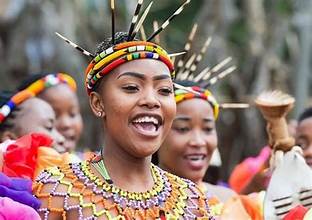Kenya, located on the eastern coast of Africa, is a land of stunning diversity and vibrant culture. From its picturesque landscapes, which range from savannas and lakes to the Great Rift Valley and mountainous highlands, to its rich cultural heritage, Kenya stands as a testament to the beauty and complexity of Africa. Known for its significant contributions to wildlife conservation and its dynamic urban centers, Kenya’s history and culture provide a captivating narrative that intertwines ancient traditions with modern innovation.
Historical Overview
Early History
Kenya’s history dates back millions of years, with archaeological evidence suggesting that it is one of the earliest regions where human ancestors lived. The Great Rift Valley is home to some of the world’s most important archaeological sites, including those in the Turkana Basin, where the famous “Turkana Boy” was discovered. This region has provided crucial insights into human evolution.
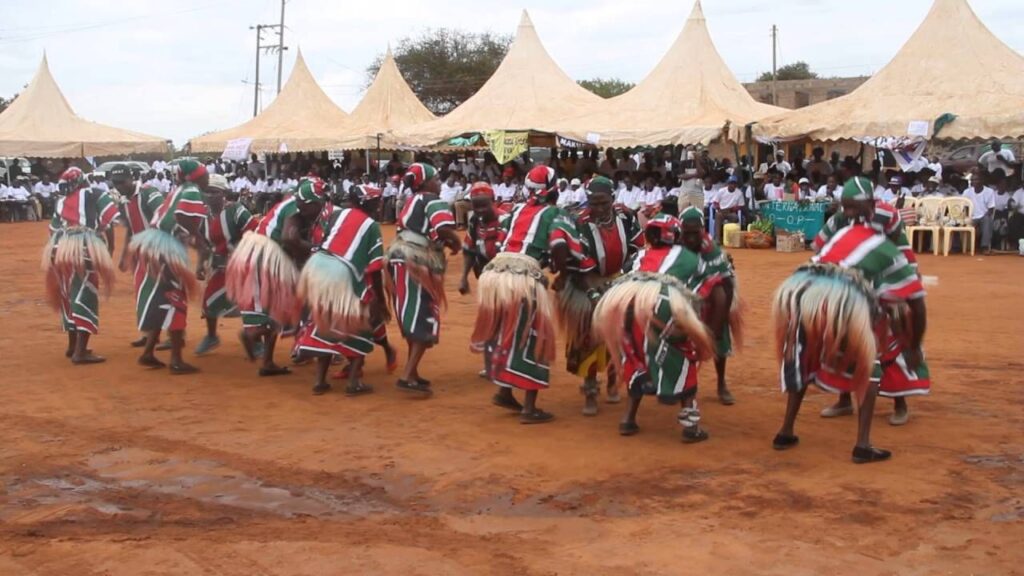
Pre-Colonial Period
Before the arrival of Europeans, Kenya was a mosaic of communities with rich and varied cultures. The coastal areas were particularly vibrant, influenced by Arab, Persian, Indian, and Chinese traders. This interaction led to the development of the Swahili culture and language, which became a unifying force along the East African coast. Inland, various ethnic groups such as the Kikuyu, Luo, and Maasai developed complex societies based on agriculture, pastoralism, and trade.
Colonial Era
In the late 19th century, Kenya became a focal point of European colonial ambitions. The British established the East Africa Protectorate in 1895, later transforming it into the colony of Kenya in 1920. The colonial period was marked by significant infrastructure development, including the construction of the Kenya-Uganda Railway. However, it was also a time of exploitation and displacement for many Kenyans, particularly as large tracts of fertile land were taken over by European settlers.
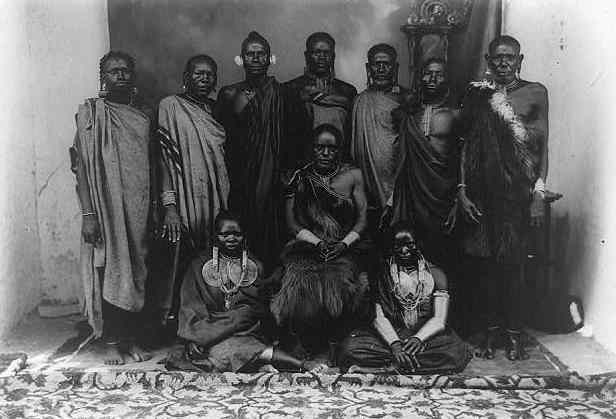
Independence and Post-Colonial Period
Kenya’s struggle for independence was spearheaded by the Mau Mau uprising in the 1950s, a militant resistance against British rule. The movement, though brutally suppressed, highlighted the growing discontent and desire for self-rule. On December 12, 1963, Kenya finally gained independence, with Jomo Kenyatta becoming the first Prime Minister and later the first President of Kenya.
Since independence, Kenya has experienced significant political, social, and economic changes. The country has transitioned from a single-party state to a multi-party democracy, and despite facing challenges such as political violence and corruption, it remains one of the more stable and influential nations in East Africa.
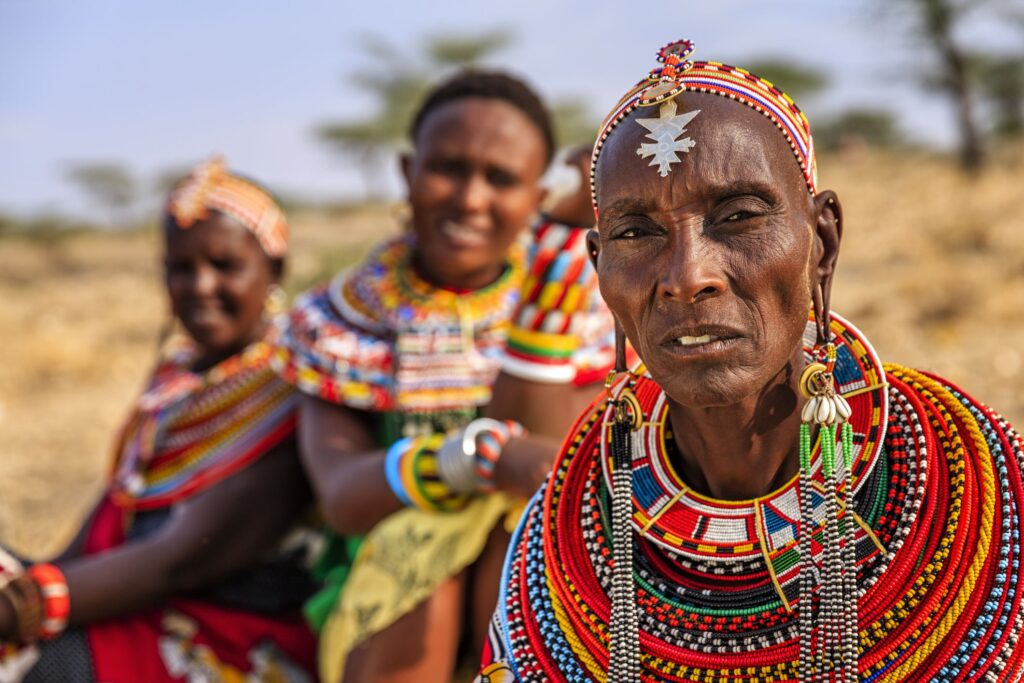
Culture
Kenya’s culture is a rich tapestry woven from its diverse ethnic groups, each with its own unique traditions, languages, and customs. There are over 40 ethnic groups in Kenya, with the Kikuyu, Luhya, Luo, Kalenjin, and Kamba being the largest.
Music and Dance
Music and dance are integral to Kenyan culture. Traditional music varies among the different ethnic groups but often features rhythmic drumming, singing, and instruments such as the nyatiti (a string instrument of the Luo) and the orutu (a one-stringed fiddle). Contemporary Kenyan music includes genres like Benga, which originated from the Luo community, and modern styles such as hip-hop, reggae, and afro-fusion.
READ ALSO: Unveiling the Origins: The Narrative Behind the Yoruba Adage ‘Sebotimo Elewa Sapon
Dance is also a significant cultural expression, with each community having its own traditional dances performed during ceremonies, festivals, and social gatherings. For example, the Maasai are known for their adumu, or “jumping dance,” which is a display of strength and agility.
Art and Craft
Kenyan art and craft reflect the country’s diverse heritage. Traditional crafts include beadwork by the Maasai and Samburu, intricate wood carvings by the Akamba, and the colorful Kikoy and Kanga textiles. Nairobi, Kenya’s capital, is home to a thriving contemporary art scene, with numerous galleries and exhibitions showcasing modern Kenyan artists.
Language
Kenya is a multilingual country with two official languages: English and Swahili. Swahili, or Kiswahili, is not only a national language but also a lingua franca that facilitates communication across the country and the broader East African region. Each ethnic group also speaks its own mother tongue, preserving linguistic diversity and cultural identity.
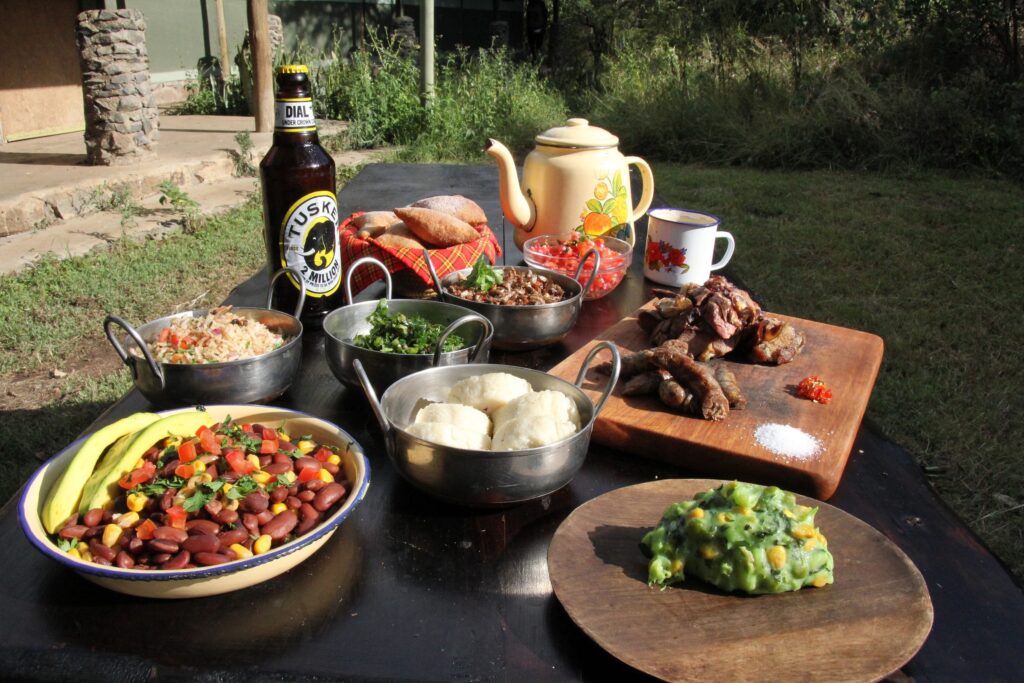
Cuisine
Kenyan cuisine is as diverse as its people. Staple foods include ugali (a type of maize porridge), sukuma wiki (collard greens), and nyama choma (grilled meat). Coastal cuisine is particularly distinctive, with dishes like pilau (spiced rice) and seafood reflecting Arab and Indian influences. Tea and coffee, major cash crops, are also central to Kenyan hospitality.
Conclusion
Kenya’s rich history and vibrant culture make it a unique and fascinating country. From its ancient archaeological sites and colonial past to its dynamic urban centers and traditional villages, Kenya offers a glimpse into the complexity and beauty of African heritage. Its cultural diversity, reflected in music, dance, art, language, and cuisine, continues to thrive, making Kenya a beacon of cultural richness and resilience in East Africa.

